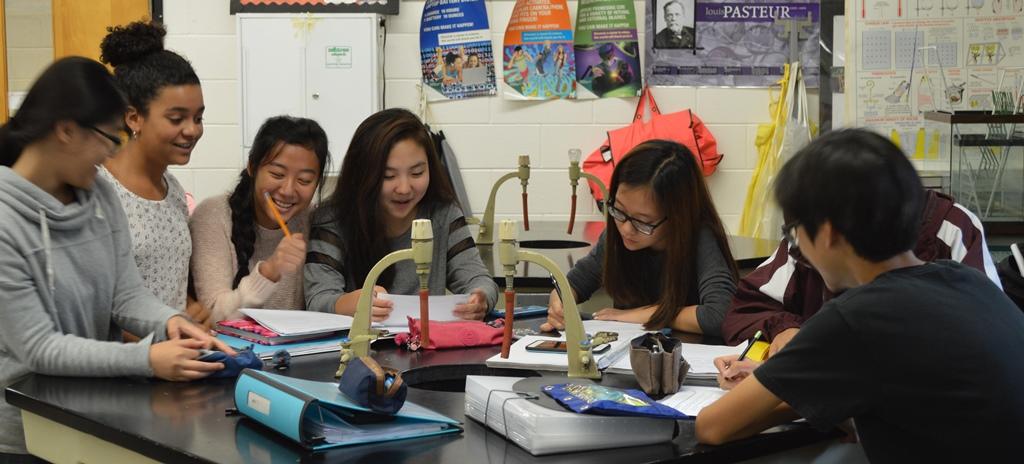PSAT: New vs. Old

On Wednesday, October 14th, all sophomores and juniors took the PSAT. The students arrived at the school at 7:50 AM to take the test, and went to their afternoon classes afterwards. This was entirely different from the PSAT last year. Previously, sophomores and juniors were required to register to take the PSAT and had to come in on Saturday morning. CollegeBoard moved the PSAT to Wednesday during school because it makes it easier for students to find time and transportation.
The content of the PSAT changed in 2015 to accommodate the new SAT in March. Although the new PSAT is 2 hours and 45 minutes, thirty-five minutes longer than the old one, there are four answer choices instead of five, increasing the likelihood of answering a question correctly on a guess.
There are four components of the new PSAT: evidence-based reading, writing and language, math without a calculator, and math with a calculator; each component had its own section, so there were four sections in the test. The old PSAT only had three components, reading, writing and language, and math, but there were five sections of the test.
The old PSAT has two twenty-five-minute reading sections, two twenty-five-minute math sections, and one thirty minute writing section. In contrast, the new PSAT gives 60 minutes for the reading section, 35 minutes for the writing section, 25 minutes for the math without a calculator, and 45 minutes for the math with a calculator. Instead of being scored out of 240 the new PSAT is scored out of 1520; 760 for both math sections and 760 for the writing and reading sections.
The content of the PSAT changed to be more like the ACT, providing more questions that are evidence-based with re al world scenarios and data analysis. In the new PSAT, vocabulary does not need to be studied separately; it only needs to be known within the context of the passages. Similarly, the grammar questions ask you to edit sentences from a passage, not sentences by themselves.
al world scenarios and data analysis. In the new PSAT, vocabulary does not need to be studied separately; it only needs to be known within the context of the passages. Similarly, the grammar questions ask you to edit sentences from a passage, not sentences by themselves.
Two juniors, Laura Halecky and Rebecca Lan, who had previously taken the PSAT in 2014 had differing opinions on the newer version they recently took. Laura found the new PSAT to be easier and felt fairly confident in doing well on the new SAT as long as she practiced her weak areas. On the other hand, Rebecca thought this year’s PSAT was “definitely harder”. She claimed she would “most likely fail the new SAT because of its different style and format”.
Laura, who is stronger in English than in Math, disliked that the reading and writing sections, and the two math sections would have equal value in determining her overall score. Last year, the three sections, reading, writing, and math, each held an equal value. Therefore. she would have done better on the old one that was mostly testing English.
There was also a discrepancy between how the two students felt about there being one section for each component of the test. Having all of the questions of one component fit into one section meant that CollegeBoard had to extend the time for each section. Laura thought that having more time enabled her to relax more because she did not feel as pressured for time.
Rebecca, however, was very strong in stating her disapproval. The longer sections requires having better time management while moving through the sections. She, therefore, did not have enough time to finish and “felt extremely burned out at the end”.
Kelly Kim, a sophomore who took the PSAT for the first time, said she felt satisfied with how she did due to her studying with the distributed packets. She has done other work for the SAT and feels her own preparation, along with the experience of taking the PSAT, has made her ready to take the SAT.
The new PSAT gave sophomores and juniors a glimpse of how the 2016 SAT would be. This year, the PSAT became a school required test, allowing juniors to determine if they want to take the old or new SAT, and sophomores to figure out how much to study to prepare for the new SAT.
